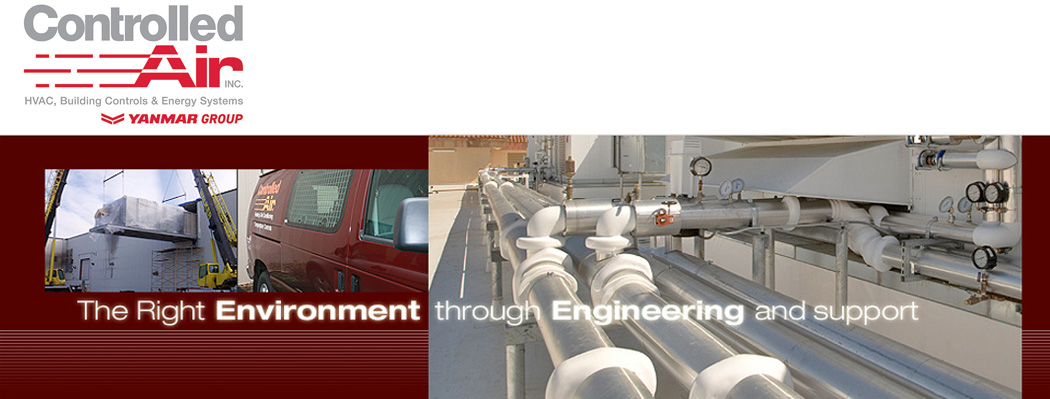Geothermal Heating & Cooling
Geothermal is a fascinating energy efficient form of heating and cooling that does not seem to get as much press as solar or even cogeneration. Geothermal energy is a renewable and reliable source of heat. Because 46 percent of solar energy is absorbed by the earth, at a depth of approximately six feet, the soil maintains a consistent average temperature of between 42-77 degrees Fahrenheit year round.
Geothermal heat pumps use this natural energy to heat and cool water circulated through an underground loop. In the winter the water is run through the loop underground and is warmed by the earth’s heat and then brought to the system in the building that then delivers the heat. It is much easier for the system to capture heat from soil of a moderate temperature than from the frigid air outside in winter. In the summer the heat is gather from inside the building and then run underground where the heat is absorbed by the earth and then cooler water is then brought back to the system to create cool air. Conversely, in summer, the relatively cool ground absorbs waste heat more readily than warm outdoor air.
According to the Environmental Protection Agency, geothermal energy is the most energy-efficient system of air handling and can lower energy costs by 25 to 40 percent, with fewer emissions, lower maintenance and no danger of underground contaminants. There is also a reduced use of refrigerants.
One very important aspect of Geothermal heating and cooling is the system which controls it. Just like any other form of heating and cooling it needs strict controls to run at optimum efficiency. Not too long ago we got a new customer with a geothermal system where the controls were never set up properly. This meant that the system ran inefficiently and the utility bills were extremely high. It they finely got so fed up that they sought us out. We designed and installed a custom controls system for the geothermal system they already had installed, allowing great control and efficiency. So with that being said it is not enough just to install an “energy efficient” form of heating and cooling if it is not done properly.
